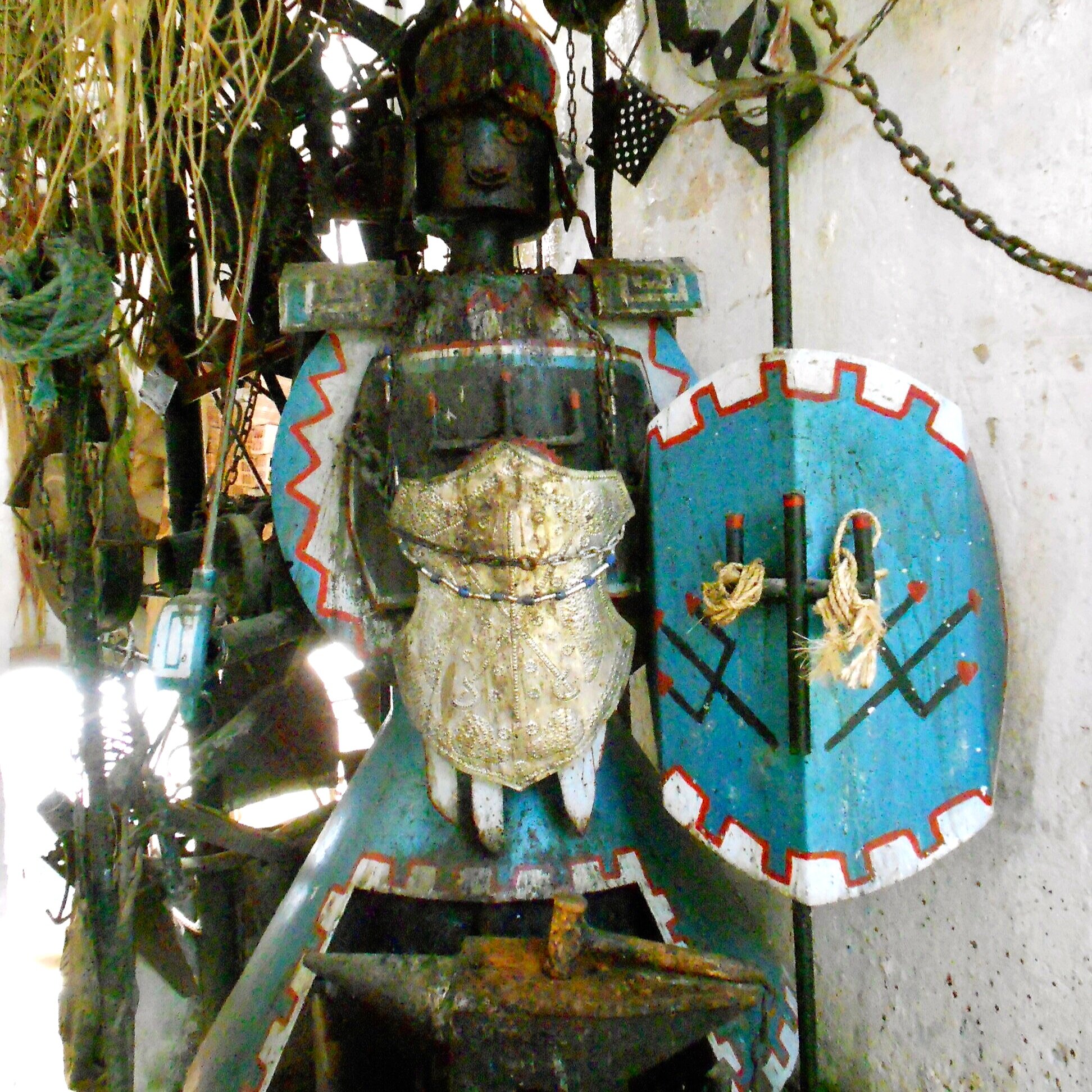Well, we haven’t released an episode in a while, but that’s not because we aren’t working. In fact, we’ve never worked harder! We’ve been researching, interviewing, and recording episodes all this time.
As we’ve worked, we’ve received quite a few comments and queries from you all, our listenership.
Forró and its sub-genres are very much tied up with issues of class and how popular music might reinforce or recreate class boundaries. In our last episode, we discussed forró universitário, which was made and consumed by middle-class university students from São Paulo, who looked to older examples of forró as a kind of “roots” music. Forró eletrônico is kind of the opposite. Its practitioners tend to come from the same sociogeography of forró’s pioneers, which is different than forró universitário, but don’t adhere to traditional performance conventions. They play with the musical qualities of forró and stretch it beyond its earlier incarnations.
The topic today is forró universitário, a sub-genre of forró that emerged in São Paulo in the 1990s among university students. We discuss this genre connects to and differs from other iterations of forró, as well as how it has some surprising characteristics in common with pop-rock of the era!
…Specifically, it speaks to the story of migration that has touched generations of Brazilian northeasterners and their children. So, today, we’re going to dive right into “Asa Branca” and examine its lyrics and musical features. Then we’ll listen to a few other songs that either follow this template or expand on it.
The topic today is baião, which is—no surprise—a, kind of, complicated term. But most succinctly, baião refers to a duple-meter dance genre from the Brazilian Northeast that is characterized by a specific syncopated rhythm. It’s the primary and probably first rhythm of the broader genre of forró that we’ve been focusing in these last few episodes. In fact, before the term forró was used to describe this genre, a lot of people just called it baião.
…So, today’s episode is about the dance called xaxado. When the singer invites Sebastiana to the party in Paraíba, which is a state in the Brazilian Northeast, just to the north of Pernambuco, the plan is to dance the xaxado, or xaxar.
…a northeastern dance genre called xote. You could think of xote as a sub-genre of forró, or, perhaps more accurately, think of xotes as part of the repertory of a typical forró composer or performer. So today we are going to dive deep into the xote. We’ll learn a bit about its history. We’ll use Luiz Gonzaga’s classic “Numa Sala de Reboco” as a paradigmatic example to break down some of the musical characteristics, such as what the zabumba does and what the accordion does in a xote. Hopefully after this, you’ll all be able to recognize a xote next time you encounter one in the wild. And we’ll also play a bunch of examples of popular songs, both within and possibly outside of the umbrella of forró, that draw on the xote tradition.
…So we’re going to highlight the way that festas juninas are celebrated in the Northeast, but also might mention a few variations or differences in other regions. This is a big topic, so we’re going to break it up into more digestible episodes. Today, we’re going to set the scene, talk about these festas and the saints they honor. We’ll talk through some of the most prominent instruments that you’ll hear at these gatherings. We’ll also talk a bit about genre, which is a fairly complex topic when it comes to this music tradition.
… Many, many of the small towns and cities of the area of Pernambuco called the zona da mata have their own maracatu. During sambadas, a maracatu from one town will host another group. The groups will set up a sound system in a public space and the two mestres will do verbal battle, improvising songs all night long.
…Maracatu de baque solto is very, very different from maracatu de baque virado. Despite the similarities in the name, the two traditions have almost nothing in common, musically. And although baque solto groups perform at carnaval, the focus tends to be less on the parade culture and more on the poetic features of the music.
... And not only is she a trailblazer in terms of her role, she also created a movement to fight for gender equity within maracatu de baque virado, which is called Movimento Baque Mulher.
Our topic today is the music tradition maracatu. Maracatu is one of the longest standing types of parade music from the state of Pernambuco in Brazil’s Northeast. We call maracatu the “coração de Pernambuco.”
… candomblé is the name for a number of Afro-Brazilian religions that survived with enslaved people who were brought to Brazil from West and Central Africa. Today we dive into a particular region, specifically the city of Recife, the capital of the state of Pernambuco. …
…let’s focus today on the most widely disseminated form of candomblé, called candomblé ketu. Ketu is one of the nations—or nações—of candomblé. Its origins are primarily Yoruba. And it is the kind of candomblé practice most common in the northeastern state of Bahia. It’s fair to say that when we hear candomblé in popular music, it’s most frequently nação ketu.
An episode about the music of the Afro-Brazilian religion called candomblé and how it has influenced Brazilian popular music.
Let’s talk about who we are and what we’re doing here: our motivations for making this podcast and how we’re going to approach such a vast range of topics.





















